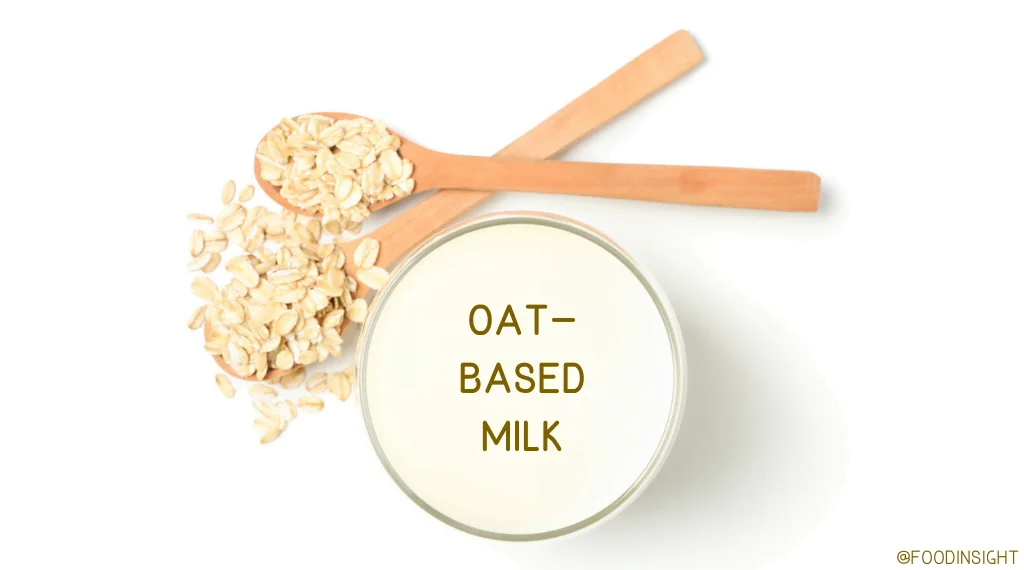
Highlights
- The “DASH” in DASH diet stands for Dietary Approaches to Stop Hypertension.
- This diet is promoted by the National Heart, Lung, and Blood Institute to stop or prevent high blood pressure, otherwise known as hypertension.
- The DASH diet focuses on eating foods such as fruits, vegetables, whole grains, fat-free or low-fat dairy products, fish, poultry, beans, nuts and vegetable oils.
- The DASH diet also recommends limiting sodium intake and foods and beverages with added sugar (including sugar-sweetened beverages) as well as fatty meats, full-fat dairy, and tropical oils like coconut oil.
- Research on the DASH diet supports that this eating pattern may improve certain health markers, including blood pressure and total cholesterol.
- The DASH diet may also help to reduce the risk of other disease conditions, including type 2 diabetes, chronic kidney disease and certain types of cancer.
The Basics of the DASH Diet
The Dietary Approaches to Stop Hypertension (DASH) diet was developed in the 1990s as a result of the National Institutes of Health (NIH) funding multiple research projects to examine the impact of specific dietary interventions on blood pressure.¹ Research on the DASH diet remains important today given the high prevalence of Americans diagnosed with hypertension, a condition resulting from having consistent high blood pressure that increases the risk for heart disease and stroke.²
The DASH diet provides guidance on types of foods to include daily or weekly as well as key nutrients to incorporate or minimize. The DASH diet promotes the consistent intake of fruits, vegetables, whole grains, fat-free or low-fat dairy, lean meats, fish, poultry, beans, nuts and vegetable oils. Additionally, the DASH diet encourages limiting the intake of added sugars (including sugar-sweetened beverages) as well as foods that are high in saturated fat such as fatty meats, full-fat dairy, and tropical oils like coconut oil.
Specific DASH diet recommendations for daily servings of food groups based on varying calorie needs are shown in Table 1.
Table 1: Guidelines for the DASH Diet³
| Food group | Servings per day | Serving sizes | ||
| 1,600 calories | 2,000 calories | 2,600 calories | ||
| Grains | 6 | 6 to 8 | 10 to 11 | 1 slice bread~1 cup dry cereal½ cup cooked rice, pasta or cereal |
| Vegetables | 3 to 4 | 4 to 5 | 5 to 6 | 1 cup raw leafy vegetables½ cup cut-up raw or cooked vegetables½ cup vegetable juice |
| Fruits | 4 | 4 to 5 | 5 to 6 | 1 medium fruit¼ cup dried fruit½ cup fresh, frozen or canned fruit½ cup fruit juice |
| Fat-free or low-fat milk and milk products | 2 to 3 | 2 to 3 | 3 | 1 cup milk or yogurt1 ½ ounces cheese |
| Lean meats, poultry and fish | 3 to 6 | 6 or less | 6 | 1 ounce cooked meat, poultry or fish1 egg |
| Fats and oils | 2 | 2 to 3 | 3 | 1 tsp soft margarine1 tsp vegetable oil1 Tbsp mayonnaise2 Tbsp salad dressing |
| Foods | Servings per week | Serving sizes | ||
| Nuts, seeds and legumes | 3 per week | 4 to 5 per week | 1 per day | 1/3 cup or 1 ½ ounces nuts2 Tbsp peanut butter2 Tbsp or ½ ounce seeds½ cup cooked legumes (e.g. dried beans or peas) |
| Sweets and added sugars | 0 | 5 or less per week | 2 or less per day | 1 Tbsp sugar1 Tbsp jelly or jam½ cup sorbet or gelatin |
The DASH diet also advocates for reducing sodium intake. This sodium recommendation is based on follow-up research to the original DASH clinical trial, which found that reducing dietary sodium while following the DASH diet resulted in even greater reductions in blood pressure than adhering to the DASH diet alone.⁴ Specifically, the DASH diet recommends limiting sodium intake to less than 2,300 milligrams (mg) of sodium per day. Some DASH eating plans suggest limiting sodium intake even further, to 1,500 mg per day, based on individual recommendations from a healthcare provider. Similar daily sodium intake levels have been established by the Dietary Reference Intakes from the National Academies of Sciences, Engineering, and Medicine. Those intakes also are recommended by the current Dietary Guidelines for Americans.⁵,⁶
In sum, recommended healthy sodium intake levels in the DASH diet are:
- 2,300 mg or less per day for a standard DASH diet
- 1,500 mg or less per day for a lower-sodium DASH diet
It is important to remember that the DASH diet is just one part of a healthy lifestyle regimen that can help reduce blood pressure. For broader protection against and control of elevated blood pressure⁷:
- Be physically active.
- Maintain a healthy weight.
- Limit alcohol intake.
- Manage and cope with stress.
- Quit smoking.
- Get plenty of sleep.
The DASH Diet and Health
Several systematic reviews and meta-analyses have been completed in an attempt to understand the relationship between the DASH diet and risks for specific diseases and health conditions.
Hypertension
The DASH diet is most well-known for its blood–pressure–lowering effects and its potential benefits in reducing the prevalence and incidence of hypertension. In the original DASH clinical trial published in 1997, researchers noted that the DASH diet decreased systolic blood pressure for all individuals by 3.0 mmHg and decreased diastolic blood pressure in hypertensive individuals by 3.0 mmHg.⁸ In follow–up research published in 2001, the DASH-Sodium Collaborative Research Group examined the impact of two diets (control and DASH) at three sodium levels (3,500, 2,300 and 1,200 mg) on blood pressure. Compared with the high-sodium control diet, the low-sodium DASH diet resulted in a reduction of 7.1 mmHg in the systolic blood pressure of subjects without hypertension and a reduction of 11.5 mmHg in the systolic blood pressure of subjects with hypertension.⁴ More recently, a 2020 systematic review and meta-analysis, including 30 randomized controlled trials with 5,545 participants, found that the DASH diet was associated with a significant decrease in blood pressure in adults (of 3.2 mmHg in systolic blood pressure and of 2.5 mmHg in diastolic blood pressure), regardless of the subjects’ hypertension status.⁹
Chronic Kidney Disease
The DASH diet is associated with a reduced risk for chronic kidney disease (CKD). In 2019, investigators combined and analyzed results from six prospective cohort studies that included a total of 568,156 subjects. The researchers found that people who followed a DASH or DASH-style dietary pattern had a reduced risk of developing CKD.¹⁰
Type 2 Diabetes
Adhering to the DASH diet is linked with a lower risk of developing type 2 diabetes. In 2019, researchers conducted a review of existing systematic reviews and meta-analyses, including three systematic reviews and meta-analyses of 15 prospective cohort studies with 942,140 subjects and four additional systematic reviews and meta-analyses of 31 unique controlled trials with 4,414 subjects. In all, the DASH diet pattern was associated with a decreased incidence of type 2 diabetes.¹¹
Cancer
The DASH diet is associated with reduced risks of certain types of cancer. A 2019 review of 17 cohort studies was performed to analyze potential relationships and associations between the DASH diet and cancer (e.g., mortality from all cancer types and incidence of specific cancer types). The greatest adherence to the DASH diet was associated with a reduced mortality from all types of cancer, as well as a lower risk of developing colorectal, colon and rectal cancer.¹²
Cognitive Outcomes
Adherence to the DASH diet is also associated with improved cognitive outcomes. In 2019, researchers investigated the effects of the DASH diet on cognitive function as well as on risk for Alzheimer’s disease and dementia. Analysis of this observational data showed that greater adherence to the DASH diet was linked to improved cognitive function and a lower risk of developing Alzheimer’s disease.¹³
Overall Mortality (Death Rate)
Following the DASH diet is associated with a lower risk of death from all causes. In 2020, researchers analyzed results from 17 prospective cohort studies and identified associations between adherence to the DASH diet and all-cause mortality (death rate). Even modest adherence to the DASH diet is linked with a lower risk of all-cause mortality.¹⁴
In Summary
The DASH diet emphasizes nutrient-dense foods without being too strict regarding what you can and cannot eat. It incorporates a wide variety of foods and has been well–researched. The main purpose of this diet is to help prevent or lower elevated blood pressure. Some research demonstrates that it may improve other markers of health and may help to reduce the risk of certain disease conditions, as well.




